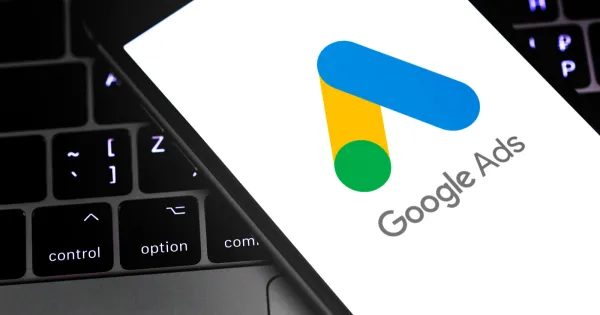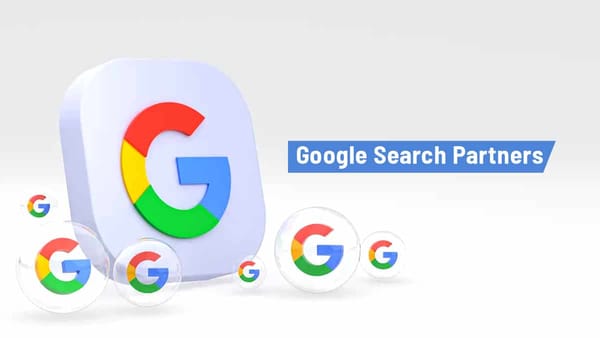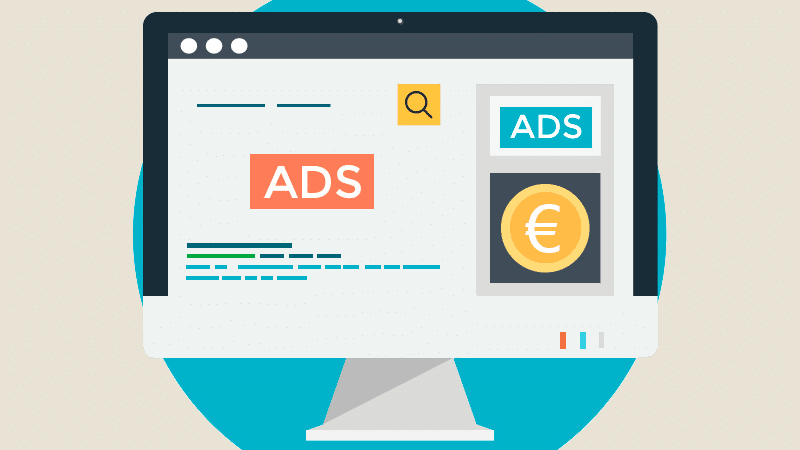Best Website Design for Corporate - How to Build a Professional, High-Impact Site

Introduction
In the business world, having a well-designed website is no longer optional—it’s a necessity. A corporate website serves as the digital face of a company, showcasing its services, values, and credibility to potential clients, partners, and customers. The question is, what makes the best website design for corporate?
In this article, we’ll explore the key elements of a corporate website design that not only looks impressive but also drives results. From user experience to SEO optimization, we'll guide you through the best practices for creating a corporate site that leaves a lasting impression and elevates your business.
What Makes a Corporate Website Design Stand Out?
When it comes to corporate websites, several factors determine their success. The design must be professional, user-friendly, and aligned with the company's brand. Here are some crucial elements that make corporate website designs stand out:
1. Sleek and Modern Visual Aesthetics
First impressions matter. A modern and sleek design gives visitors an immediate sense of professionalism. Key design elements include:
- Simple, clean layouts that prioritize readability.
- Consistent brand colors and fonts.
- High-quality visuals, such as images, videos, and graphics that resonate with the company's identity.
A visually appealing website will not only engage visitors but also build trust and enhance credibility.
2. Responsive and Mobile-Friendly
In today’s digital landscape, more and more people access websites via mobile devices. That’s why responsive design is crucial. A mobile-friendly corporate website should:
- Adjust seamlessly to all screen sizes.
- Maintain fast loading times and optimize media for mobile viewing.
- Offer a touch-friendly navigation experience.
A mobile-responsive website ensures a positive user experience, no matter what device your visitors are using.
3. User Experience (UX) and User Interface (UI) Design
The best corporate websites put a strong emphasis on user experience (UX) and user interface (UI) design. A good UX ensures visitors can easily navigate the website and find what they need quickly. Key elements of good UX include:
- Simple navigation with intuitive menus and clear links.
- Quick loading times to prevent frustration.
- Clear calls-to-action (CTAs) that guide users toward the next steps, such as contacting the company or signing up for services.
UI design complements UX by ensuring the website’s layout is aesthetically pleasing and easy to interact with. Together, UX and UI work to create a seamless and engaging experience for visitors.
4. SEO Optimization
Building a visually appealing website is just the first step. To ensure it gets found by your target audience, SEO (Search Engine Optimization) is essential. The best corporate website designs integrate SEO best practices throughout the development process, including:
- Keyword research to identify terms that potential customers are searching for.
- On-page optimization, such as optimized title tags, meta descriptions, and header tags.
- Internal and external linking to boost the site’s authority.
By following SEO best practices, you can increase your website's visibility on search engines like Google and attract more organic traffic.
Key Features to Include in the Best Corporate Website Design
A great corporate website isn’t just about looks—it also needs to perform well and serve its purpose. Here are some essential features that should be included in the best corporate website designs:
1. Clear Branding and Consistency
Your corporate website should reinforce your brand identity. Ensure that your logo, colors, typography, and messaging are consistent with your overall branding. This helps build trust and makes your company instantly recognizable.
2. Well-Defined Value Proposition
Visitors should immediately understand what your company offers and why they should choose you. A clear and compelling value proposition should be prominently displayed on your homepage. This sets the tone for the rest of the site and helps visitors understand the benefits of doing business with you.
3. Engaging Content
A corporate website needs to deliver valuable, relevant, and engaging content. Whether it’s through blog posts, case studies, or service descriptions, your content should speak directly to the needs of your target audience. Ensure that your website:
- Provides useful information about your products or services.
- Highlights customer testimonials or success stories to build credibility.
- Includes engaging visuals that support the text and make it more appealing.
4. Contact Information and Lead Generation Forms
Your website should make it easy for potential clients to get in touch with you. Include:
- A contact page with a contact form, phone number, and email address.
- Lead generation forms that allow visitors to request quotes, demos, or more information.
- Live chat or chatbot features for quick communication.
The easier it is for visitors to connect with you, the higher the chances of conversion.
5. Social Proof and Testimonials
Incorporating social proof in the form of testimonials, client logos, or reviews can greatly enhance your website’s credibility. Display positive feedback from past clients or showcase the companies you’ve worked with to build trust with potential customers.
Best Practices for Building the Best Corporate Website Design
1. Simplicity is Key
Avoid overloading your corporate website with too many elements. A clean and minimal design allows users to focus on the key messages without distraction.
2. Fast Loading Speed
A slow website is a dealbreaker for many visitors. Optimize your website’s speed by compressing images, minimizing the use of heavy scripts, and using content delivery networks (CDNs) to ensure fast loading times.
3. Accessibility
Make sure your corporate website is accessible to all users, including those with disabilities. This includes:
- Adding alt text to images for screen readers.
- Ensuring that text has high contrast with the background for readability.
- Providing easy keyboard navigation for users who can’t use a mouse.
Accessibility not only helps with user experience but also impacts SEO rankings.
Conclusion
Creating the best corporate website design involves more than just picking the right colors and fonts—it requires careful planning, attention to detail, and an understanding of your audience’s needs. By focusing on key design elements like user experience, mobile responsiveness, and SEO optimization, businesses can build websites that not only look great but also drive real results.
Investing in a well-designed corporate website is a surefire way to establish your company’s digital presence and set yourself apart from competitors.




